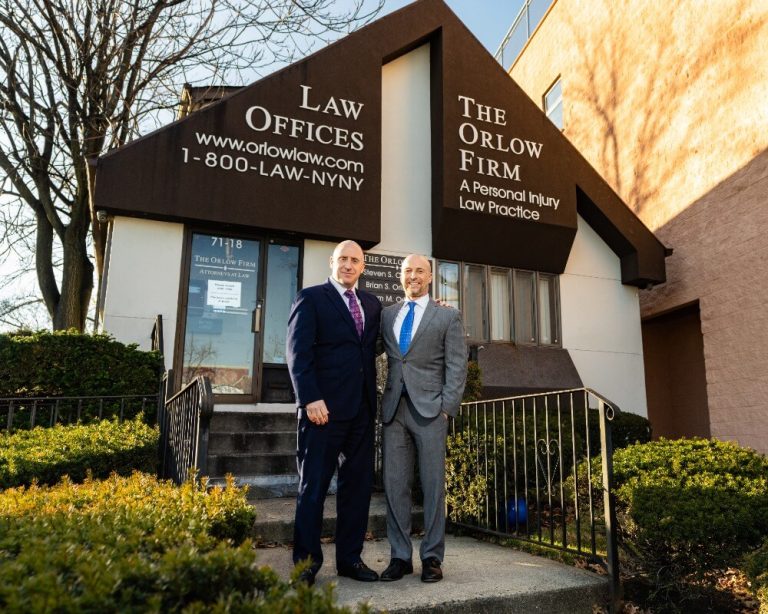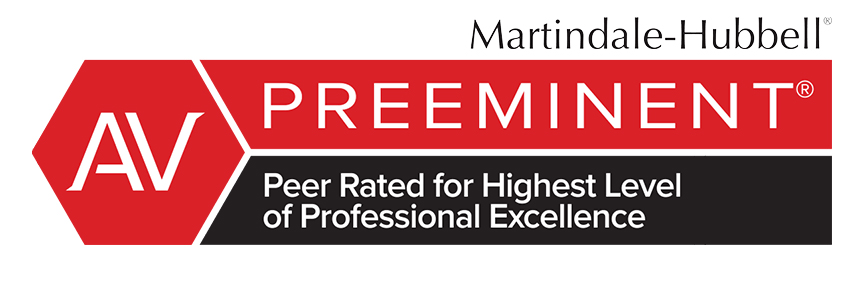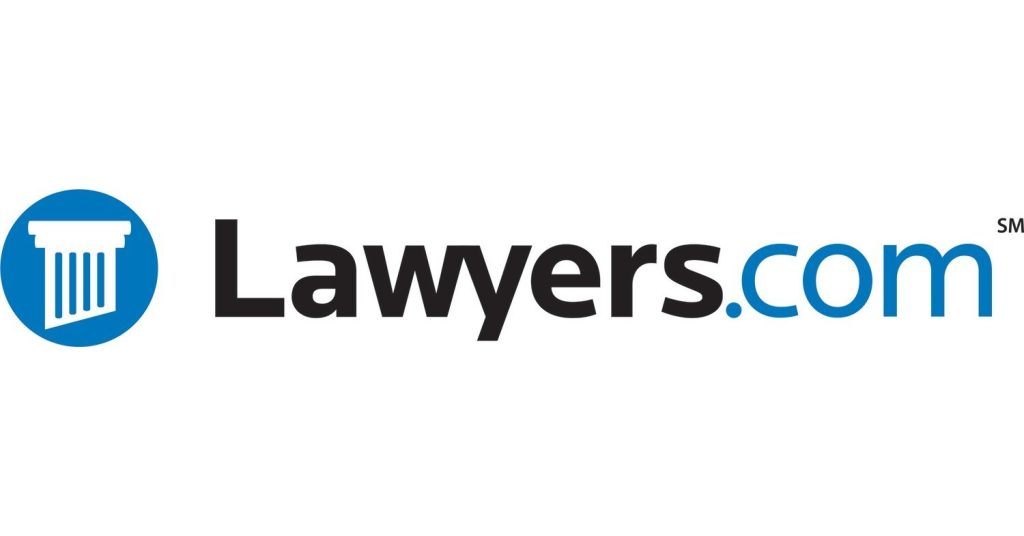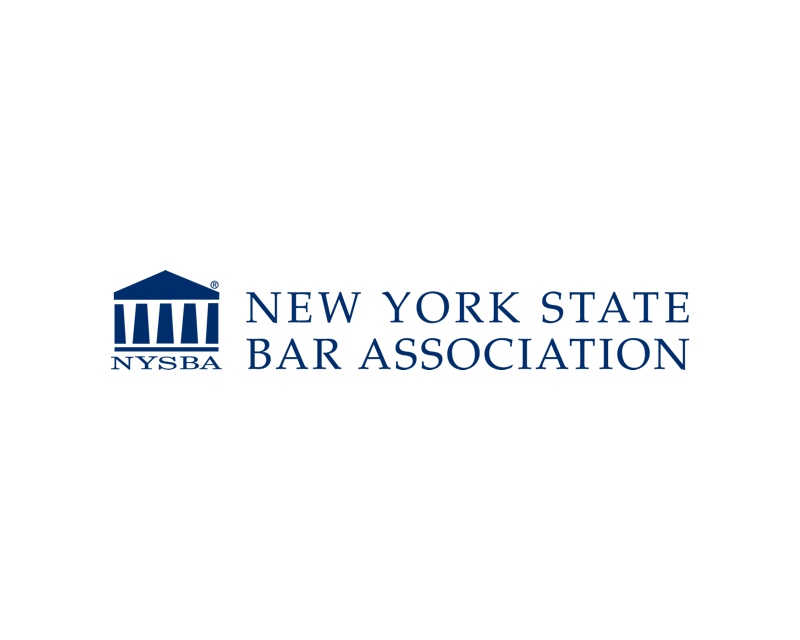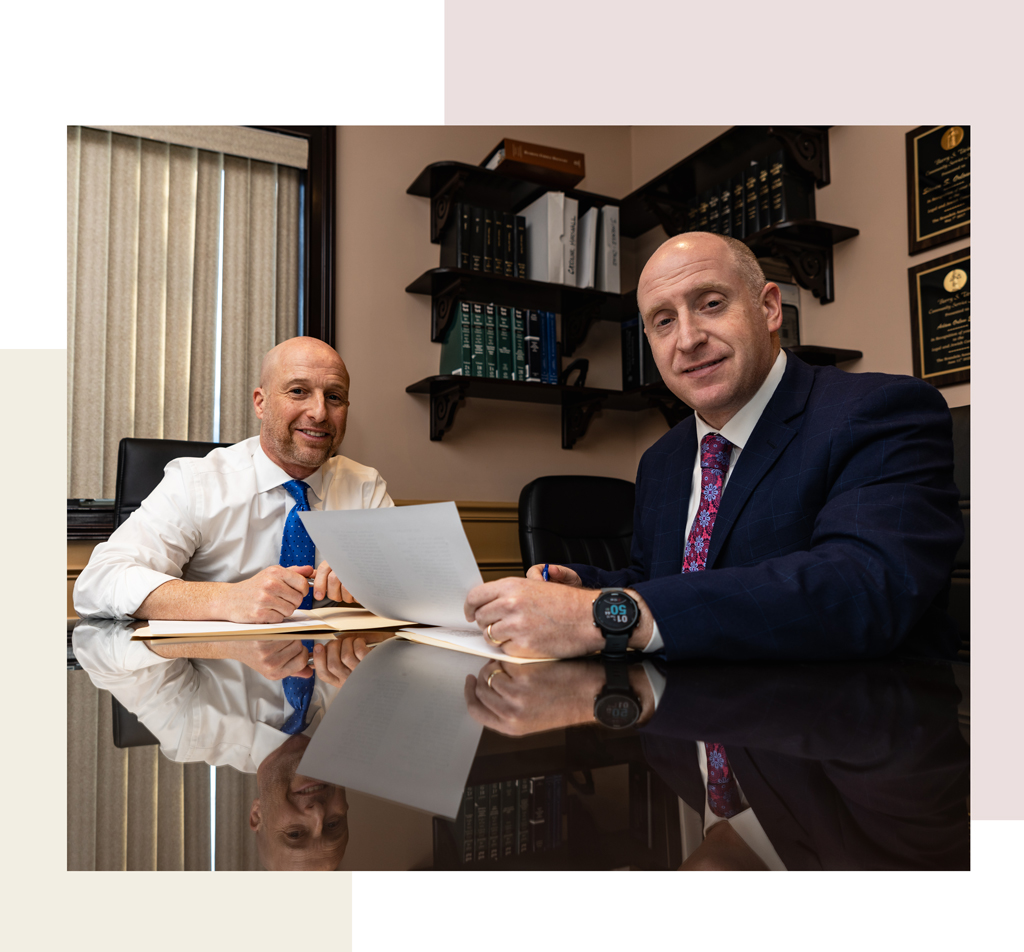The Following People Contributed to This Page
Cindy Cordova is a seasoned legal writer with over seven years of experience crafting clear, informative, and professional content for law firm websites. With a B.A. in English from Trinity Christian College, she combines her strong writing background with a deep understanding of legal topics to help firms connect with their clients through trustworthy and accessible content.
- June 4, 2025
What Is Causation in Personal Injury Cases?
Quick Answer: Causation in personal injury cases means showing that the defendant’s actions directly caused your injury. In New York City, you must prove both that the defendant was negligent and that this negligence led to your harm. Without causation, you cannot recover damages for your injury. If you have questions about causation in your NYC injury claim, calling The Orlow Firm at (646) 647-3398 can provide guidance.
Why Causation Matters in New York City Injury Claims
Causation is a key part of any personal injury claim in New York City. It helps show that the defendant’s actions directly led to your injury. Without proving causation, your claim may not succeed, even if someone was clearly careless.
In NYC, where accidents happen in busy streets, proving causation matters because:
- It connects the injury to the accident. You must show that the accident caused your injury and not something else.
- It affects compensation. The court or insurance company will only pay for injuries that were caused by the other party’s negligence.
- It helps establish liability. Causation links the defendant’s wrongdoing to the harm you suffered, which is necessary to hold them responsible.
- It guides the value of your claim. The extent and type of your injuries caused by the accident influence how much compensation you may receive.
For example, if someone slips and falls in a New York City subway station and injures their back, they must prove that the fall caused the injury. If they had a pre-existing back condition, they need to show the accident made it worse or caused new harm. Without this link, the claim could be denied.
In NYC personal injury cases, courts carefully examine causation because many factors can contribute to injuries. Traffic accidents, construction site incidents, and slip-and-fall cases often require clear proof that the defendant’s actions were the real cause of the injury.
Understanding why causation matters can help you see why gathering evidence and medical records is so important. It also explains why consulting with a personal injury attorney can be helpful to build a strong case that shows the connection between the accident and your injuries.
The Two Parts of Causation: Cause in Fact and Proximate Cause
In personal injury cases, causation is made up of two main parts: cause in fact and proximate cause. Both parts must be proven to show that the defendant’s actions led to the injury. Understanding these two concepts can help you see how New York courts decide if someone is responsible for your harm.
Cause in Fact means that the defendant’s action directly caused your injury. It is sometimes called the “but-for” cause. This means that but for the defendant’s actions, your injury would not have happened. For example, if a driver ran a red light and hit your car, but for that driver running the red light, the accident would not have occurred.
In New York City, proving cause in fact often requires clear evidence showing the connection between the defendant’s conduct and your injury. This might include eyewitness testimony, video footage, or expert reports. The goal is to establish that the injury was a direct result of what the defendant did or did not do.
Proximate Cause is about whether the injury was a foreseeable result of the defendant’s actions. Even if the defendant caused the injury in fact, the law asks if the injury was a natural and likely outcome of those actions. This limits liability to harms that are closely connected to the defendant’s conduct.
For example, if a delivery truck driver in NYC causes a minor accident by running a stop sign, and that accident leads to a chain reaction causing a nearby building’s sign to fall and injure a pedestrian, the court will consider whether the pedestrian’s injury was a foreseeable result of the driver’s conduct. If the injury was too remote or unusual, it might not be considered proximate cause.
To sum up, both parts of causation work together:
- Cause in Fact: Did the defendant’s actions actually cause the injury?
- Proximate Cause: Was the injury a foreseeable result of those actions?
In New York personal injury cases, the plaintiff must prove both to hold the defendant responsible. This two-part test helps courts fairly decide which injuries are legally connected to the defendant’s behavior and which are too indirect.
How Causation Is Proven in New York Personal Injury Cases
Proving causation in New York personal injury cases means showing that the defendant’s actions directly caused the plaintiff’s injury. It is not enough to show that the defendant was careless or negligent. Instead, the injured person must connect the injury to the defendant’s conduct in a clear way.
There are two main steps to prove causation in New York personal injury cases:
- Cause in Fact (Actual Cause) : This means the injury would not have happened “but for” the defendant’s actions. In other words, if the defendant had not acted negligently, the injury would not have occurred. For example, if a driver ran a red light and hit a pedestrian, the accident would not have happened but for the driver running the red light.
- Proximate Cause (Legal Cause) : This means the injury was a foreseeable result of the defendant’s actions. The law limits liability to harms that were reasonably predictable. If the injury is too remote or unusual, it may not be considered caused by the defendant’s conduct. For example, if a driver causes a minor crash, but that crash leads to an unrelated and unexpected injury far away, proximate cause might not be established.
To prove causation in a New York personal injury case, the plaintiff usually relies on evidence such as:
- Medical Records: These documents provide objective evidence of your injury, diagnosis, and treatment, serving as a crucial link between the harm you suffered and the accident.
- Expert Opinions: Doctors and medical experts can offer testimony and detailed analysis explaining how your injury was specifically caused by the accident or negligent act, directly connecting it to the defendant’s conduct.
- Witness Statements: Eyewitnesses can describe how the accident happened and whether the defendant’s actions led to the injury.
- Accident Reports: Police or other official reports can provide facts supporting the cause of the injury.
- Photographs and Videos: Visual evidence can show the scene, damages, and the circumstances leading to the injury.
In New York City, where accidents often involve multiple factors—such as crowded streets or complex traffic signals—establishing causation can be challenging. The plaintiff’s attorney must carefully gather and present evidence to prove both cause in fact and proximate cause.
It is important to note that New York follows a comparative fault rule. This means the court may reduce the plaintiff’s compensation if the plaintiff was partly responsible for the injury. However, the defendant’s liability still depends on proving that their actions caused the injury.
In summary, to prove causation in New York personal injury cases, the injured person must clearly show that the defendant’s negligent act directly led to the injury and that the injury was a foreseeable result of that act. Strong evidence, including medical and witness testimony, plays a key role in meeting this legal requirement.
Common Challenges in Establishing Causation in NYC
Establishing causation in personal injury cases in New York City can be challenging for several reasons. Causation means showing that the defendant’s actions directly caused your injury. Without clear proof, your claim may face difficulties. Here are some common challenges people encounter when trying to prove causation in NYC personal injury claims:
- Complex Accident Scenes: New York City streets are busy and crowded. Accidents often involve multiple vehicles, pedestrians, or other factors. This can make it hard to pinpoint exactly what caused your injury.
- Pre-existing Conditions: Sometimes, injured parties have prior health issues or injuries. Insurance companies or defense lawyers may argue that your current injury was caused by a previous condition, not the accident.
- Delayed Symptoms: Some injuries, like certain brain injuries or soft tissue damage, may not show symptoms immediately. Delays in symptoms can make it harder to connect the injury directly to the accident.
- Disputes Over Medical Evidence: Medical records and expert opinions are important to prove causation. However, opposing parties may challenge the accuracy or interpretation of medical evidence, creating uncertainty about the cause of injury.
- Multiple Possible Causes: In a busy city like NYC, injuries may result from more than one factor. For example, a fall might be due to both a wet floor and a person’s own clumsiness. Proving that the defendant’s negligence was the main cause can be complicated.
- Comparative Negligence Issues: New York follows a pure comparative negligence rule, meaning the injured person’s own negligence can reduce compensation. When both parties share blame, showing the defendant’s role in causing the injury becomes more difficult.
- Insurance Company Tactics: Insurers may minimize or deny claims by questioning causation. They might say the injury was not serious or unrelated to the accident, making it harder to get fair compensation.
Given these challenges, gathering strong evidence is crucial. This can include police reports, witness statements, medical records, and expert testimony. In New York City, where accidents often involve complex circumstances, careful documentation and timely action help build a clearer link between the accident and your injuries.
If you face difficulties proving causation in your personal injury case, consulting with a personal injury attorney can provide guidance. The Orlow Firm understands the particular challenges in NYC claims and can assist in collecting the necessary evidence to support your case. For help, you can reach us at (646) 647-3398.
The Role of Medical Evidence in Showing Causation
Medical evidence plays a critical role in proving causation in personal injury cases in New York City. Causation means showing that the defendant’s actions directly caused your injury. To do this, you need clear medical documentation that links your injury to the accident or incident.
Here are some key ways medical evidence helps establish causation:
- Medical Records: These include hospital reports, doctor’s notes, test results, and treatment plans. They provide a detailed history of your injury and the care you received. These records help show when and how the injury happened.
- Doctor’s Opinions: A doctor’s written statement or testimony can explain how your injury is connected to the accident. Doctors can confirm whether the injury is consistent with the type of accident you experienced.
- Diagnostic Tests: X-rays, MRIs, CT scans, and other tests provide objective proof of injury. These tests can reveal fractures, soft tissue damage, or other conditions caused by the accident.
- Treatment Records: Ongoing treatment notes show the severity and progression of your injury. This evidence supports the claim that your injury is real and serious, not pre-existing or unrelated.
In New York City, courts and insurance companies expect clear medical proof to link the injury to the accident. Without such evidence, it can be difficult to prove causation. Medical records must show that the injury happened because of the accident, not due to other causes.
For example, if you were in a car crash on a busy NYC street and later diagnosed with a broken arm, your medical records and X-rays would help show that the accident caused the fracture. A doctor’s report confirming this link strengthens your claim.
Sometimes, medical evidence must also address whether the injury was caused “more likely than not” by the accident. This means the injury must be more than just a possible result—it must be the most probable cause.
In summary, medical evidence is essential in personal injury cases to prove causation. It provides a clear, professional connection between the accident and your injury. If you have questions about how medical evidence can support your claim, contacting an experienced personal injury attorney can help you understand the process and gather the right documentation. For assistance, you can reach The Orlow Firm at (646) 647-3398.
How New York’s Comparative Fault Law Affects Causation
New York’s comparative fault law plays an important role in how causation is considered in personal injury cases. Under this law, if you are partly responsible for your own injury, your compensation can be reduced based on your share of fault. This means that even if another party caused the accident, your own actions can affect the outcome of your claim.
Comparative fault does not change the basic idea of causation—showing that the defendant’s actions caused your injury. However, it adds another layer by asking how much your own conduct contributed to the accident or injury. In New York, the court will assign a percentage of fault to each party involved. Your total damages will then be lowered by your percentage of responsibility.
For example, if you were injured in a slip and fall in a New York City store and the store owner was 70% at fault for not cleaning a spill, but you were 30% at fault for not paying attention, your compensation would be reduced by 30%. So, if your damages totaled $100,000, you would receive $70,000 after the reduction.
This system encourages fairness by recognizing that more than one party can share responsibility for an injury. It also affects how causation is proven because the court looks at all factors that contributed to the accident, including your own actions.
Here are some key points about how comparative fault affects causation in New York personal injury cases:
- Shared Responsibility: Both the plaintiff (injured person) and defendant (alleged wrongdoer) can be found partially at fault.
- Impact on Damages: The plaintiff’s total compensation is reduced by their percentage of fault.
- Proof of Causation: The plaintiff must still prove that the defendant’s negligence caused their injury, even if the plaintiff is partly to blame.
- Multiple Factors Considered: Courts examine all actions that led to the injury, including the plaintiff’s behavior.
In busy places like New York City, where accidents often involve multiple causes, comparative fault can be especially important. For instance, in traffic accidents, both drivers may share fault due to speeding or failing to follow traffic signals. Understanding how this law works can help injured individuals better navigate their personal injury claims.
If you are involved in a personal injury case in New York City, it is important to recognize how comparative fault might affect your claim. Being aware of this can help you take the right steps to protect your rights and seek fair compensation.
Examples of Causation in Different Types of NYC Personal Injury Cases
Understanding causation in personal injury cases means showing how the defendant’s actions led to your injury. In New York City, causation can look different depending on the type of accident. Here are some examples of how causation works in various common NYC personal injury cases:
- Car Accidents: If a driver runs a red light and hits another car, the causation is clear—the driver’s failure to stop caused the crash and the injuries. In NYC, proving the driver’s negligence caused the accident and your injuries is key to your claim.
- Slip and Fall Cases: Suppose you slip on a wet floor in a grocery store that had no warning signs. The store owner’s failure to clean up or warn customers can be the cause of your injury. You must show the dangerous condition existed and directly caused your fall.
- Construction Site Injuries: If a worker is hurt by falling debris, causation involves proving the debris fell because of unsafe practices or lack of safety gear. NYC construction laws require safety measures, and failure to follow them can link the injury to the employer’s negligence.
- Medical Malpractice: When a doctor’s mistake leads to harm, causation means showing that the doctor’s actions directly caused the injury. For example, if a surgeon operates on the wrong body part, the patient must prove this error caused their harm.
- Pedestrian Accidents: In NYC, busy streets can be dangerous. If a driver hits a pedestrian who was crossing legally, you need to show the driver’s negligence caused the accident and injuries. This can include speeding, distraction, or failing to yield.
- Product Liability: If a defective product causes injury, causation means showing the defect made the product unsafe and that this defect caused your injury. For example, a faulty elevator in an NYC building that suddenly drops can cause serious harm.
Each example requires proving a direct link between the defendant’s actions (or inactions) and your injury. This link is essential in NYC personal injury cases to recover damages. Medical records, witness statements, accident reports, and expert opinions often help establish this connection.
If causation is unclear or disputed, your claim may face challenges. That’s why it’s important to gather strong evidence early. Understanding how causation applies to your specific NYC injury case can help you protect your rights and pursue fair compensation.
What Happens If Causation Is Not Proven?
If causation is not proven in a personal injury case, it means the injured person cannot show that the defendant’s actions directly caused their injury. Without this connection, the claim will likely fail. In New York City personal injury cases, establishing causation is essential to recover damages.
Here is what can happen if causation is not proven:
- Case Dismissal: The court may dismiss the case because the plaintiff has not met the basic requirement of showing that the defendant’s conduct caused the injury.
- No Compensation: Without proving causation, the injured person usually cannot receive money for medical bills, lost wages, pain and suffering, or other damages.
- Insurance Claims Impacted: Even when insurance companies are involved, failure to prove causation can lead to denied claims or reduced settlements.
- Difficulty Moving Forward: If causation is unclear, the case may need more evidence or expert testimony, which can delay or complicate the legal process.
For example, in a New York City car accident case, if the injured person cannot show that the accident caused their injuries, the claim may be rejected. The insurance company or court will require proof that the injury was a direct result of the accident and not from a prior condition or unrelated event.
Proving causation often requires medical records, expert opinions, and clear timelines linking the injury to the incident. Without these, the case becomes much harder to win.
In summary, failing to prove causation usually means the injured party cannot recover damages. This highlights why gathering strong evidence and clear medical documentation is important in personal injury claims in New York City.
If you have questions about causation or need help understanding your injury claim, contact The Orlow Firm at (646) 647-3398 for guidance.
Steps to Protect Your Case When Causation Is an Issue
When causation is a key issue in your personal injury case, taking the right steps early on can help protect your claim. Proving that the defendant’s actions directly caused your injuries is essential in New York City personal injury cases. Here are some important steps you can take to strengthen your case when causation might be questioned:
- Seek prompt medical treatment and keep detailed records. Getting medical care right after an accident is critical. It not only helps your health but also creates a clear record linking your injuries to the incident. Make sure to keep copies of all medical reports, test results, and bills.
- Document the accident scene and gather evidence. Take photos or videos of the accident location, any property damage, and visible injuries. Collect contact information from witnesses and involved parties. This evidence can support your claim that the accident caused your injuries.
- Report the accident to your insurance company promptly. In New York, timely notification helps preserve your rights under the no-fault insurance system and may be required to maintain coverage for medical expenses and lost wages.
- Keep a detailed personal journal. Write down how your injuries affect your daily life, including pain levels, mobility issues, and emotional impacts. This diary can help show the ongoing effects of your injury and support causation arguments.
- Follow all medical advice and treatment plans. Compliance with medical recommendations shows that you take your recovery seriously. It also helps prevent insurance companies or opposing parties from arguing that your injuries are unrelated or worsened by neglect.
- Consult with a personal injury attorney early. An attorney familiar with New York City personal injury law can help identify what evidence is needed to prove causation. They can guide you on preserving documents, obtaining expert opinions, and meeting legal deadlines.
- Obtain expert opinions when necessary. In some cases, medical experts or accident reconstruction specialists can provide professional testimony linking your injuries to the accident. This can be especially important when causation is disputed.
- Avoid posting about your injury or accident on social media. Insurance companies and opposing parties may use social media posts to challenge your claim. It is best to keep details private during the legal process.
By taking these steps, you can help build a stronger case that clearly shows how the accident caused your injuries. If you have questions about causation or need help protecting your personal injury claim in New York City, contact The Orlow Firm at (646) 647-3398 for assistance.
Frequently Asked Questions About Causation in Personal Injury Cases
- What does causation mean in a personal injury case? Causation means showing that the defendant’s actions directly caused your injury. It links the accident or wrongdoing to the harm you suffered. Without proving causation, you usually cannot recover damages in a personal injury claim.
- Why is causation important in New York City personal injury claims? Causation helps the court understand whether the defendant’s conduct was the real reason for your injury. In a busy city like New York, many factors can cause harm. Proving causation ensures that only the responsible party is held liable.
- What are the two parts of causation? Causation has two parts: cause in fact and proximate cause. Cause in fact means the injury would not have happened “but for” the defendant’s actions. Proximate cause means the injury was a foreseeable result of those actions.
- How do I prove causation in my case? You can prove causation by using evidence like witness statements, accident reports, and especially medical records. Medical experts often explain how the injury relates to the accident. The more clear and direct the proof, the stronger your case.
- Can other factors affect causation? Yes. Sometimes other causes or pre-existing conditions contribute to the injury. The law looks at whether the defendant’s actions were a substantial factor, even if other things played a role. This is called “substantial factor” test in New York.
- What happens if I cannot prove causation? If causation is not shown, your claim may be dismissed. You generally cannot recover damages if you cannot prove the defendant’s conduct caused your injury.
- How does New York’s comparative fault law relate to causation? New York follows comparative fault, meaning if you are partly at fault, your damages may be reduced. But you still need to prove the defendant caused your injury. Your percentage of fault affects how much compensation you can get.
- Does medical evidence play a big role in causation? Yes. Medical records and expert opinions are key to linking your injury to the accident. They help explain the nature and extent of your injuries and how they were caused.
- Can causation be complicated in cases like slip and falls or car accidents? Yes. In busy NYC environments, multiple causes might exist. For example, a slippery floor and a person’s own carelessness might contribute. Courts carefully review all evidence to decide if the defendant’s negligence caused the injury.
- Should I get legal help to prove causation? Proving causation can be complex. A personal injury attorney can help gather evidence, work with medical experts, and present a clear case. If you have questions about causation in your NYC injury claim, calling The Orlow Firm at (646) 647-3398 can provide guidance.
How The Orlow Firm Approaches Causation in Injury Claims
At The Orlow Firm, we understand that proving causation is a key part of building a strong personal injury claim in New York City. Causation means showing that the defendant’s actions directly caused your injuries. Our approach focuses on carefully gathering and analyzing all the facts to clearly establish this connection.
Here is how we handle causation in injury claims:
- Detailed Case Review: We start by reviewing all details related to the accident and your injuries. This includes police reports, witness statements, and any available video footage from the scene. Understanding exactly what happened helps us identify how the defendant’s conduct caused your harm.
- Medical Documentation: Medical records play a crucial role in proving causation. We work closely with your healthcare providers to collect thorough documentation of your injuries, treatment, and recovery progress. This evidence helps show that your injuries resulted from the accident and not other causes.
- Expert Consultation: Sometimes, medical or accident reconstruction experts are needed to explain complex issues. We consult with professionals who can clarify how the injury is linked to the accident and whether the defendant’s actions were the proximate cause of your harm.
- Clear Explanation of Cause in Fact and Proximate Cause: We make sure to clearly explain these legal concepts in simple terms. Cause in fact means your injury would not have happened but for the defendant’s actions. Proximate cause means the injury was a foreseeable result of those actions. Establishing both is essential for your claim.
- Addressing Challenges: In NYC, proving causation can be complicated, especially if pre-existing conditions or other factors are involved. We carefully review all contributing factors and work to show how the accident was the main cause of your injuries despite these challenges.
- Building a Strong Legal Argument: Using all gathered evidence and expert opinions, we construct a clear and convincing argument that links the defendant’s negligence to your injuries. This includes preparing for negotiations or court proceedings where causation may be contested.
Because New York’s legal system requires clear proof of causation for personal injury claims, our firm is committed to thorough preparation and clear communication. We aim to help you understand the process and what evidence will be important to your case.
If you have questions about how causation applies to your injury claim in New York City, please contact The Orlow Firm at (646) 647-3398. We are here to provide guidance and support as you navigate this complex area of the law.
The Following People Contributed to This Page
Cindy Cordova is a seasoned legal writer with over seven years of experience crafting clear, informative, and professional content for law firm websites. With a B.A. in English from Trinity Christian College, she combines her strong writing background with a deep understanding of legal topics to help firms connect with their clients through trustworthy and accessible content.


